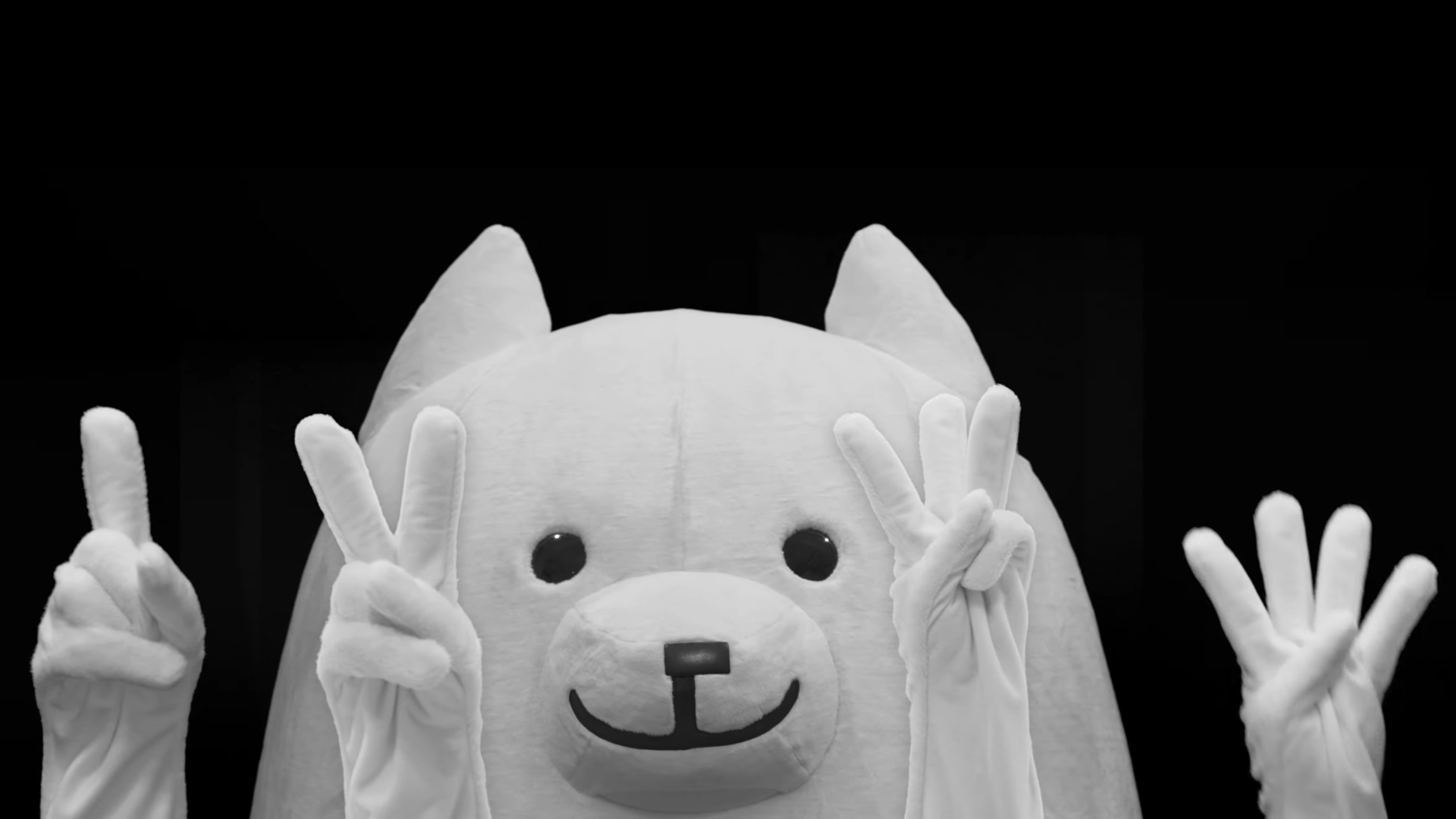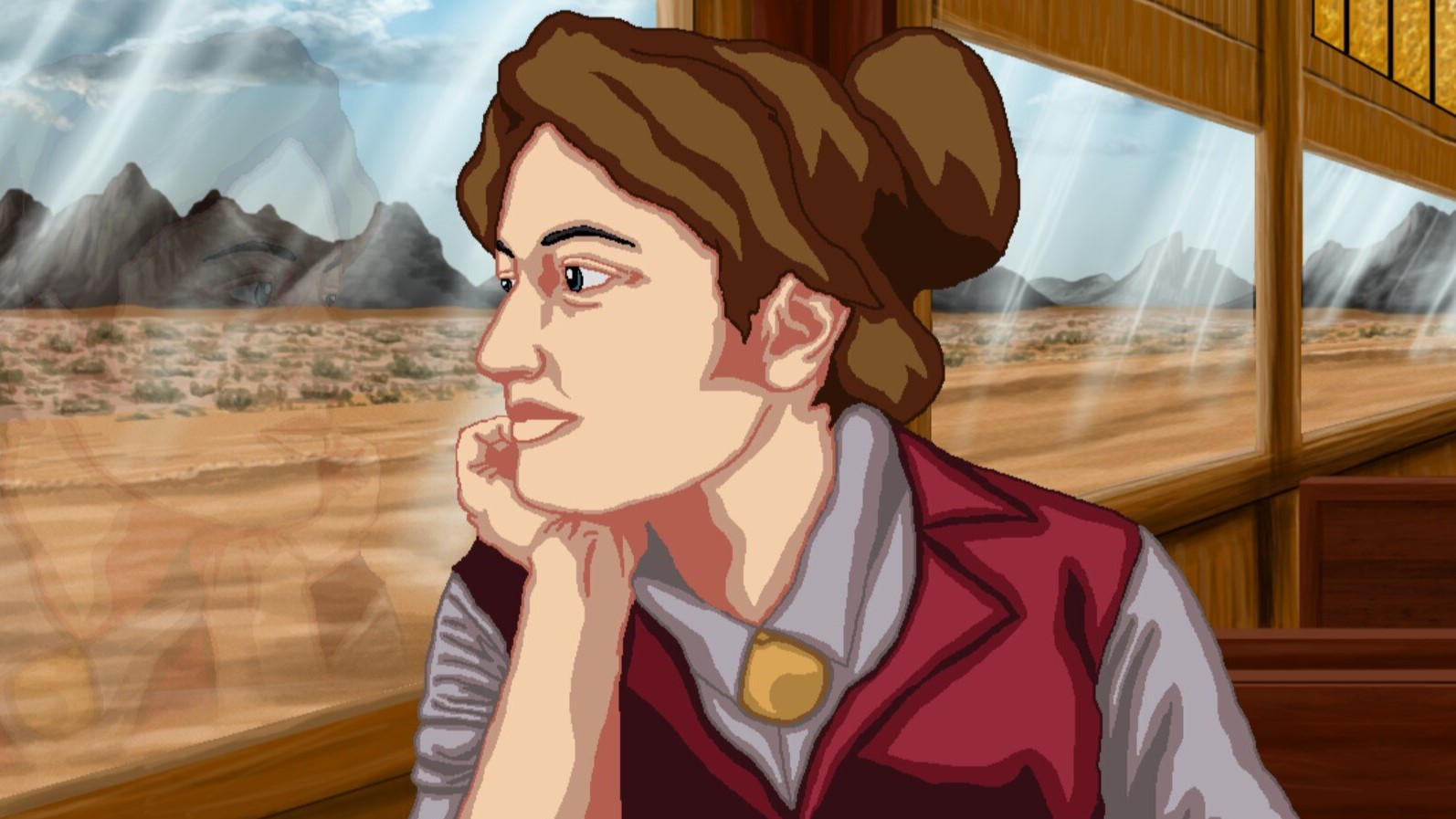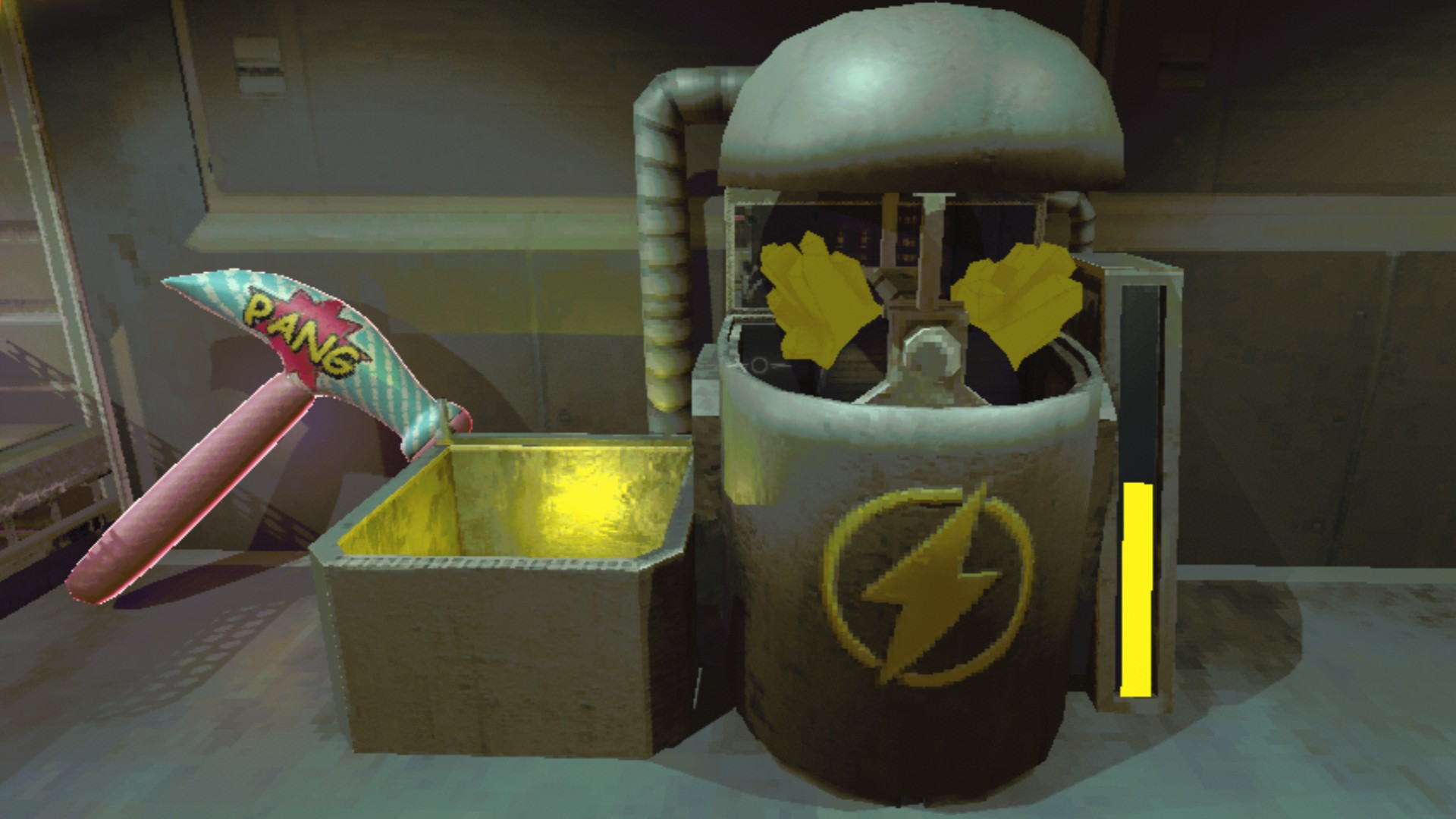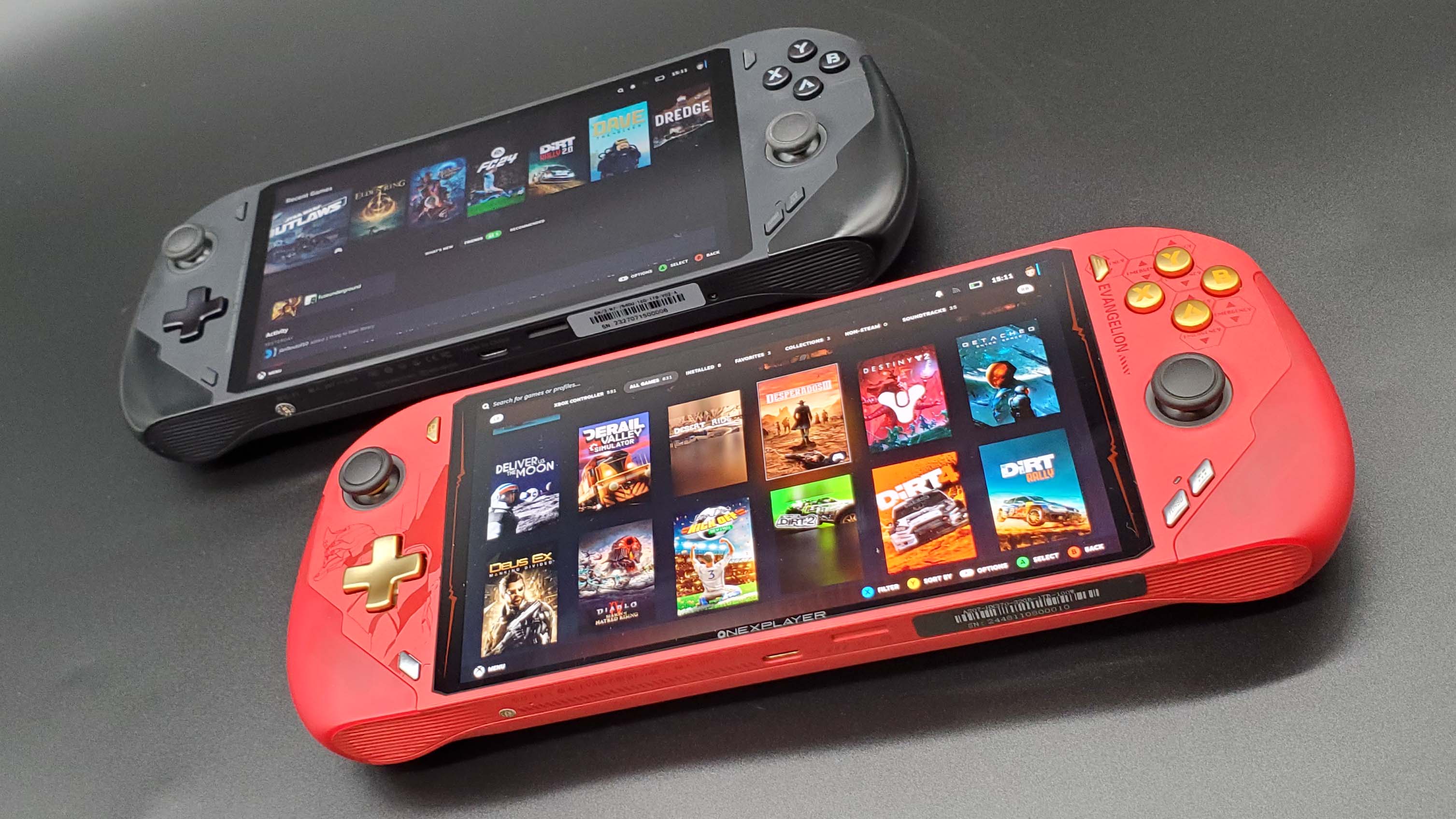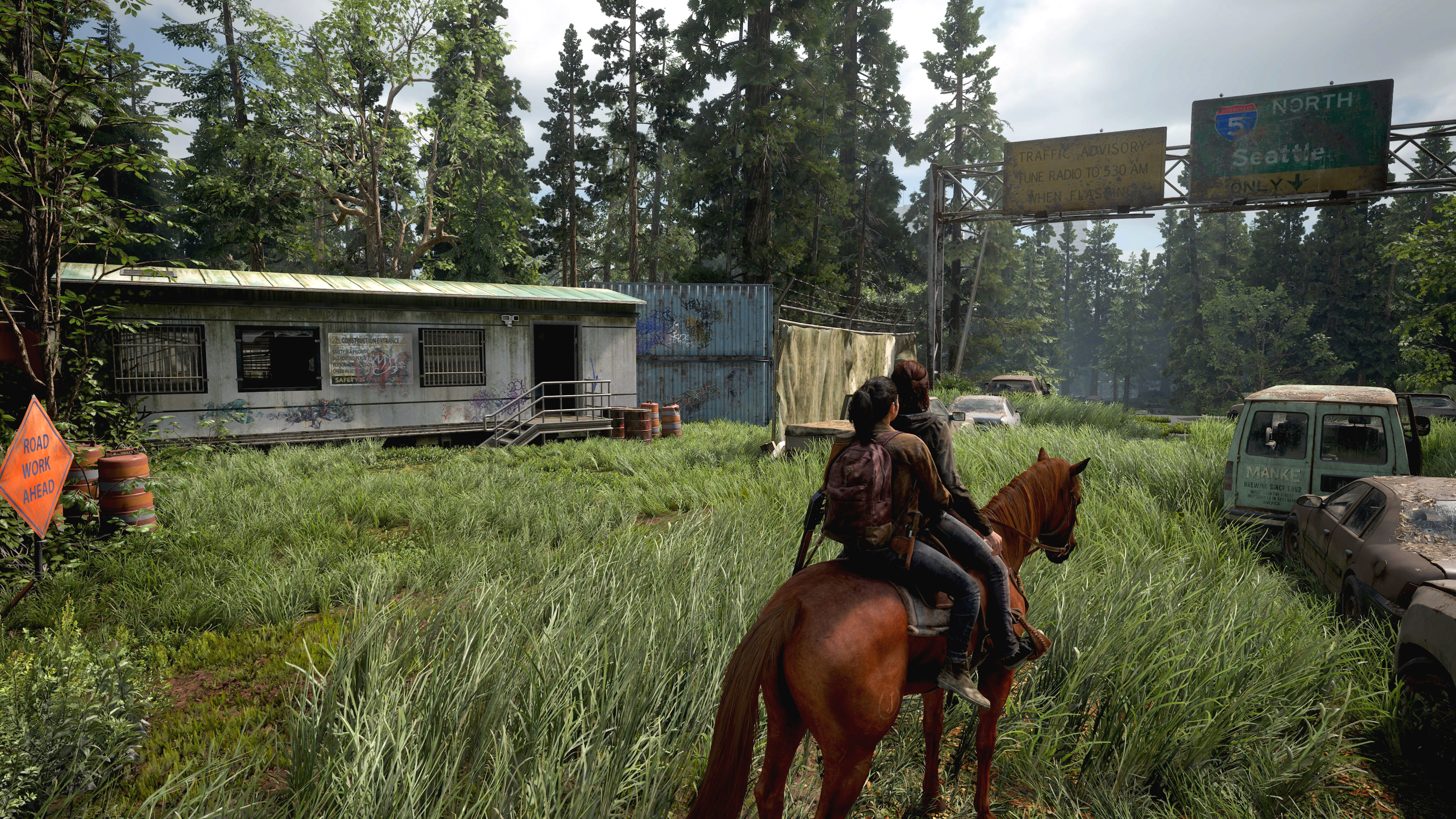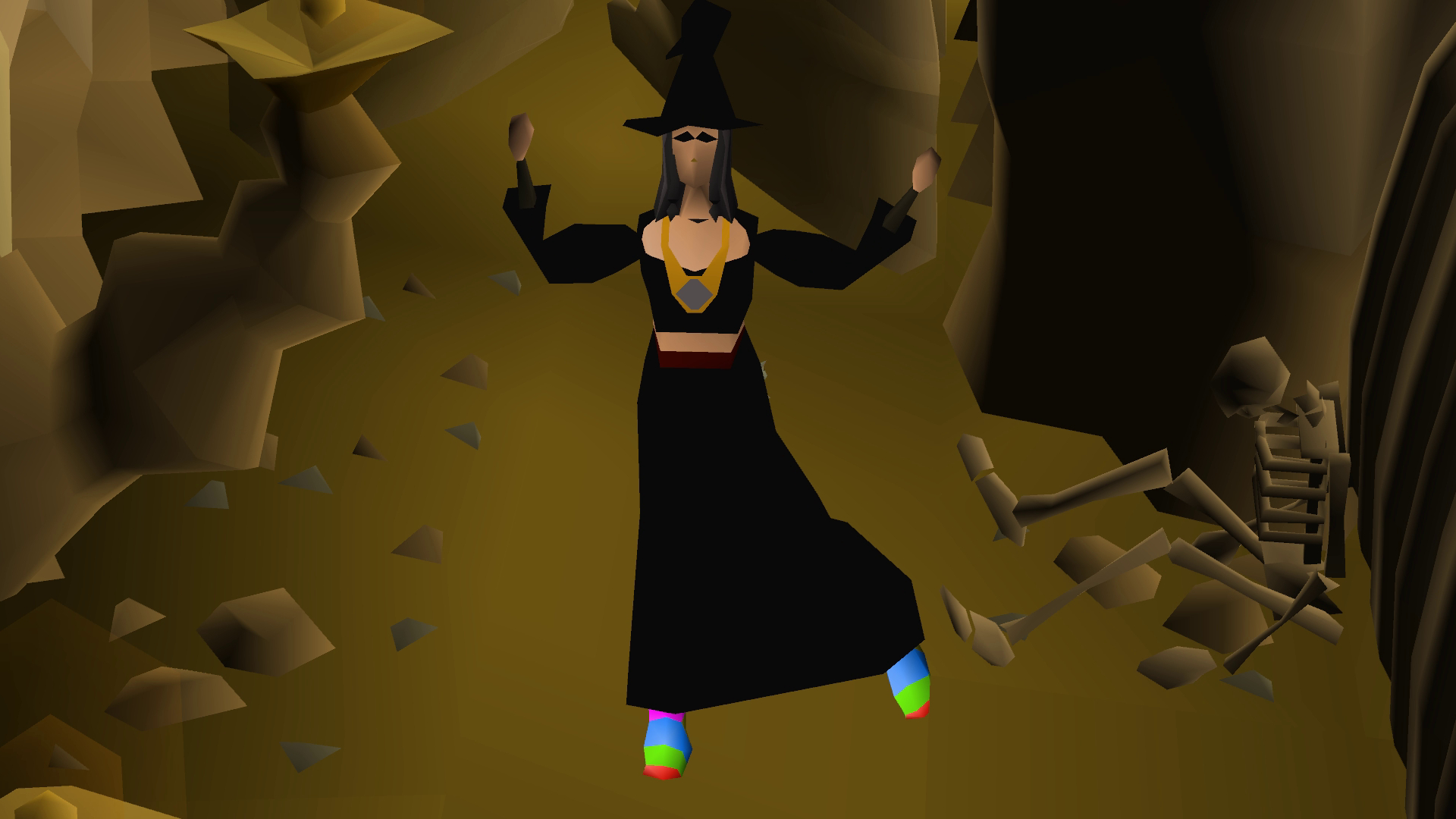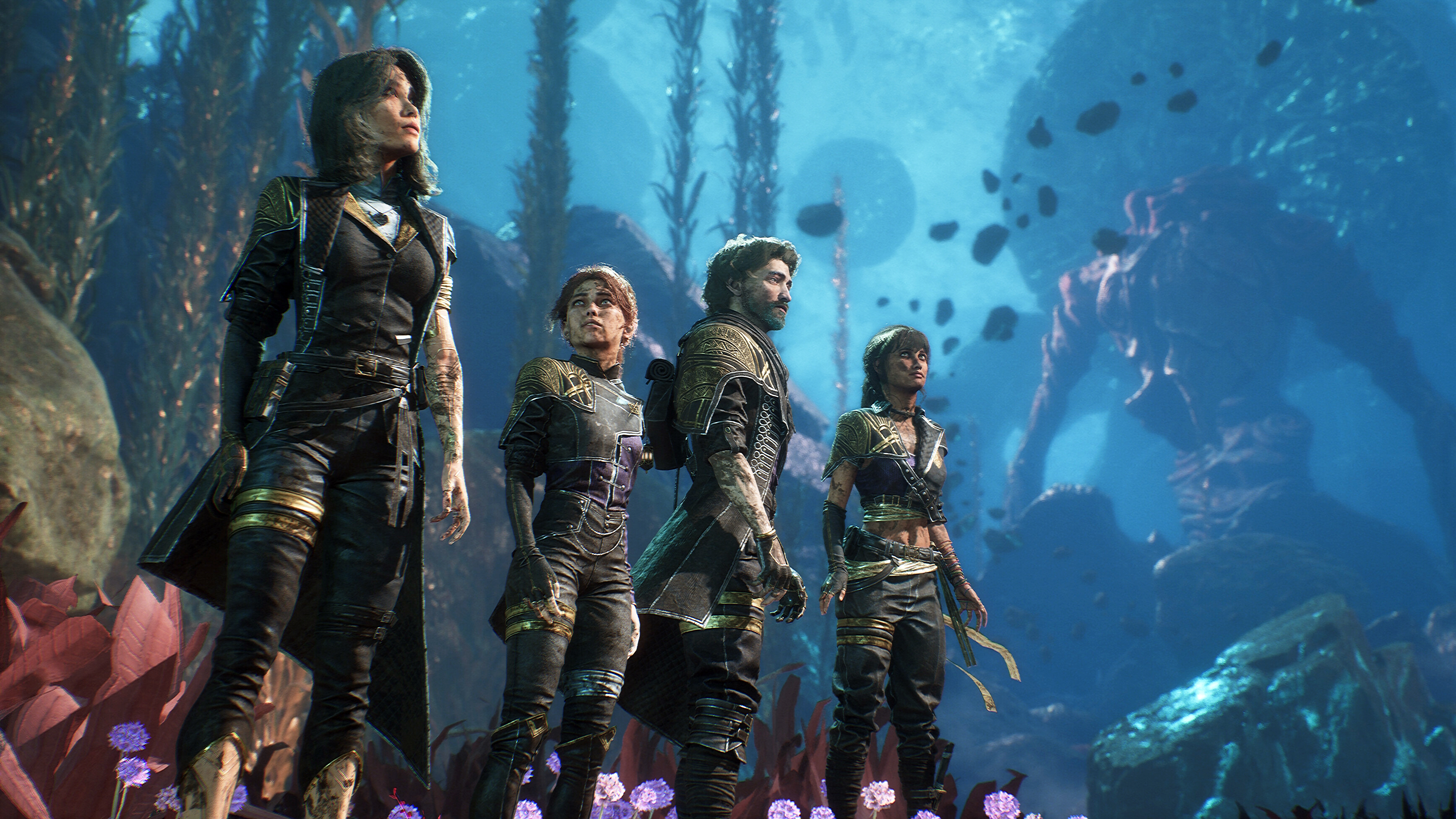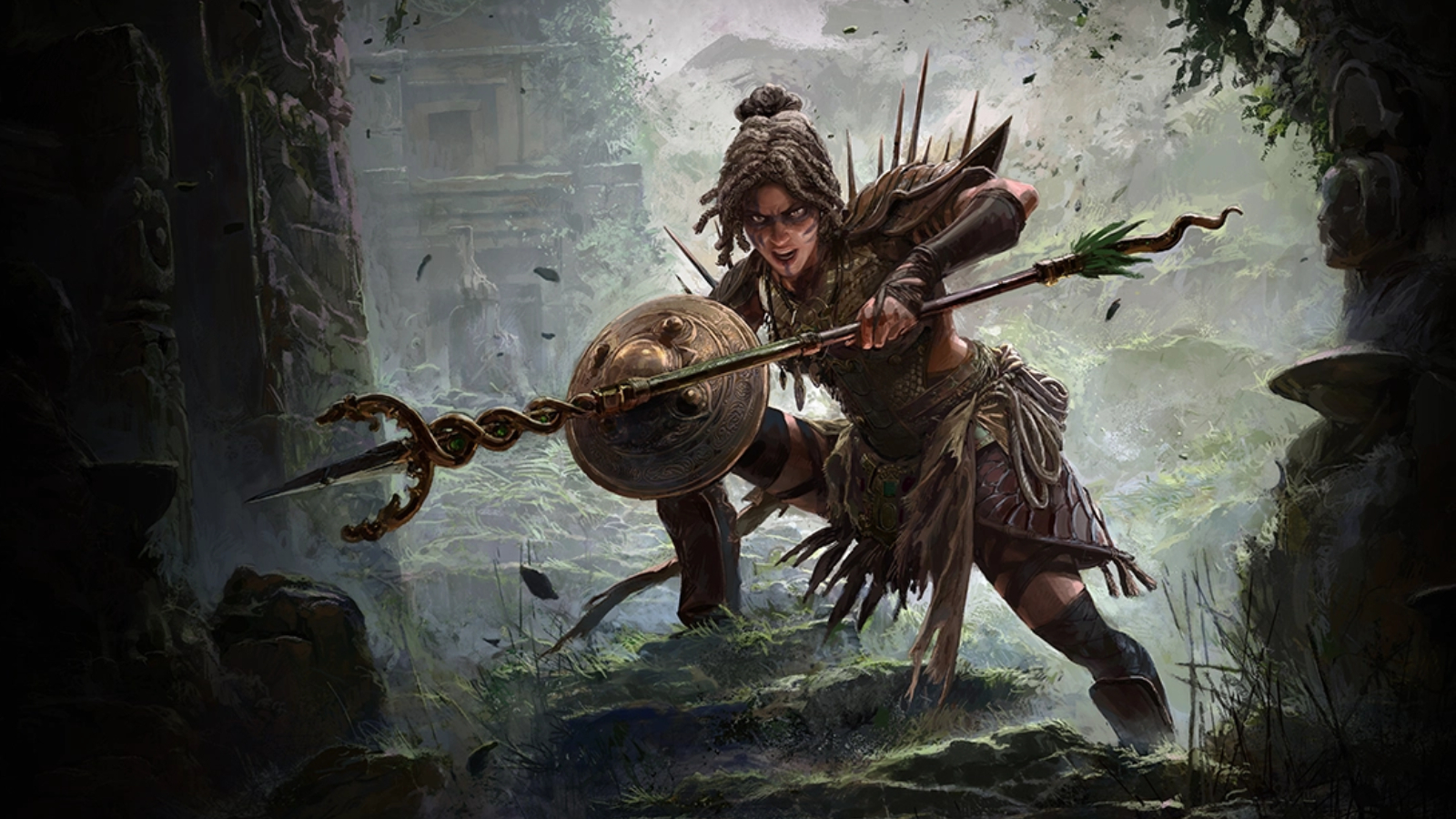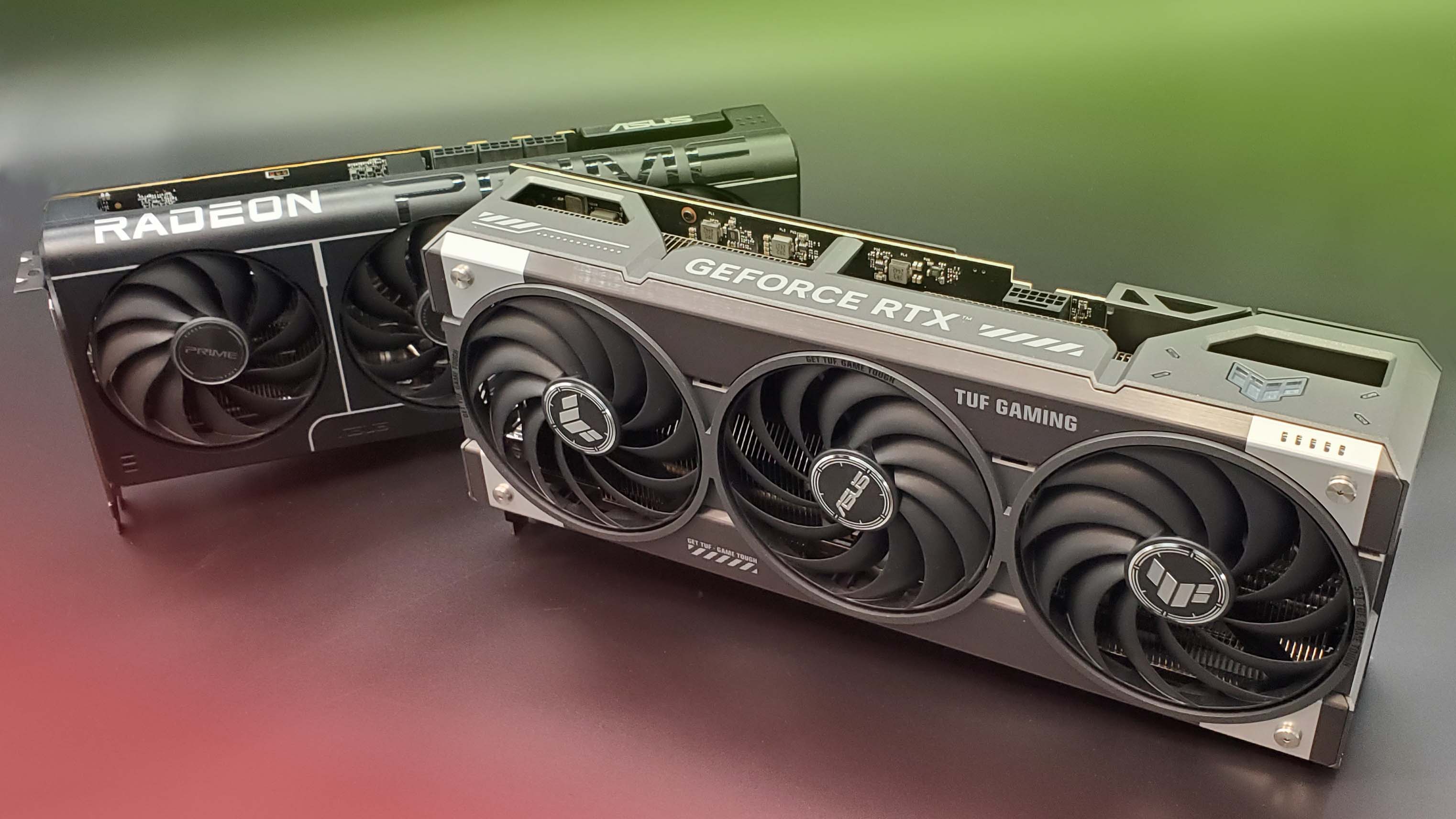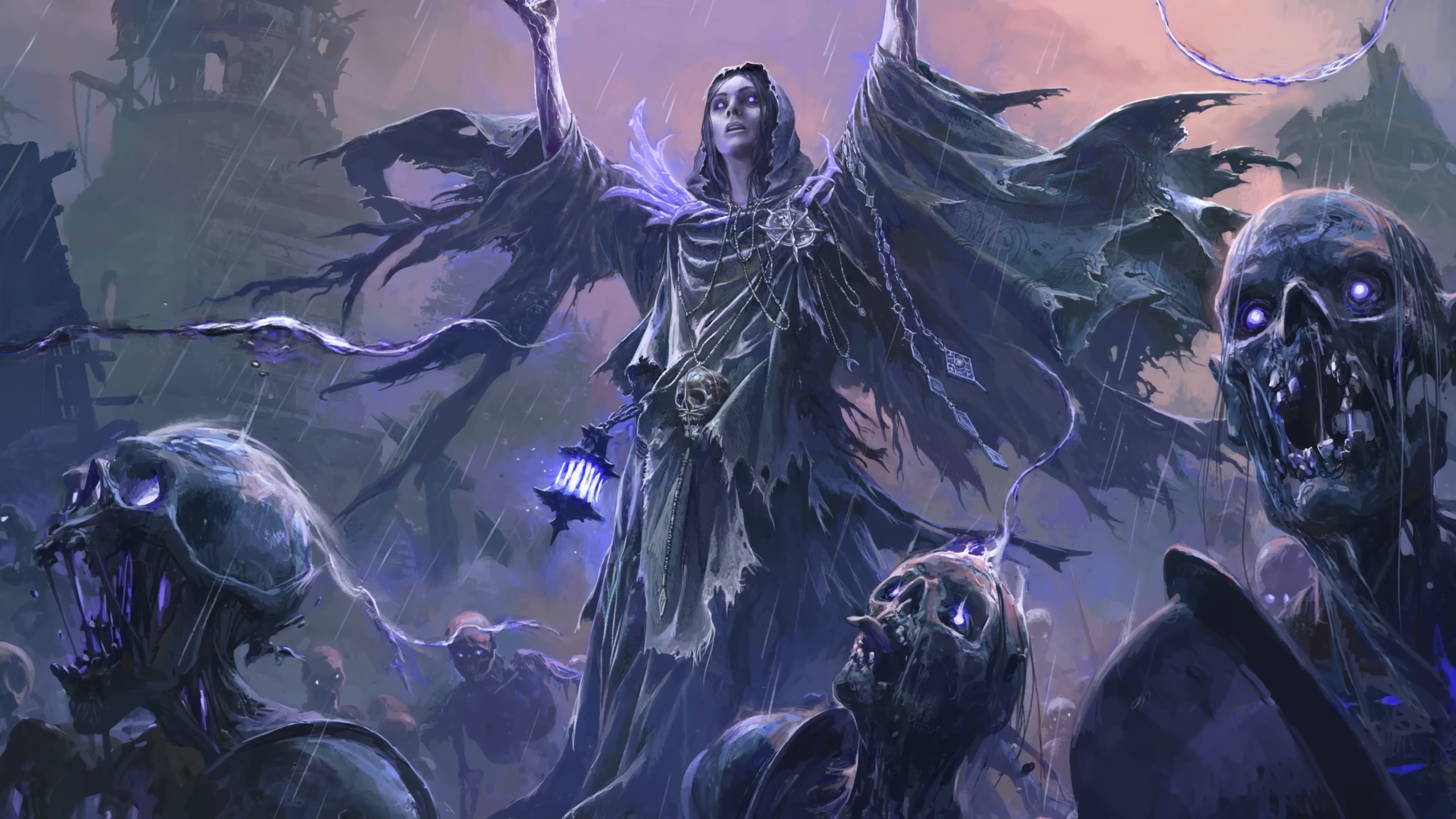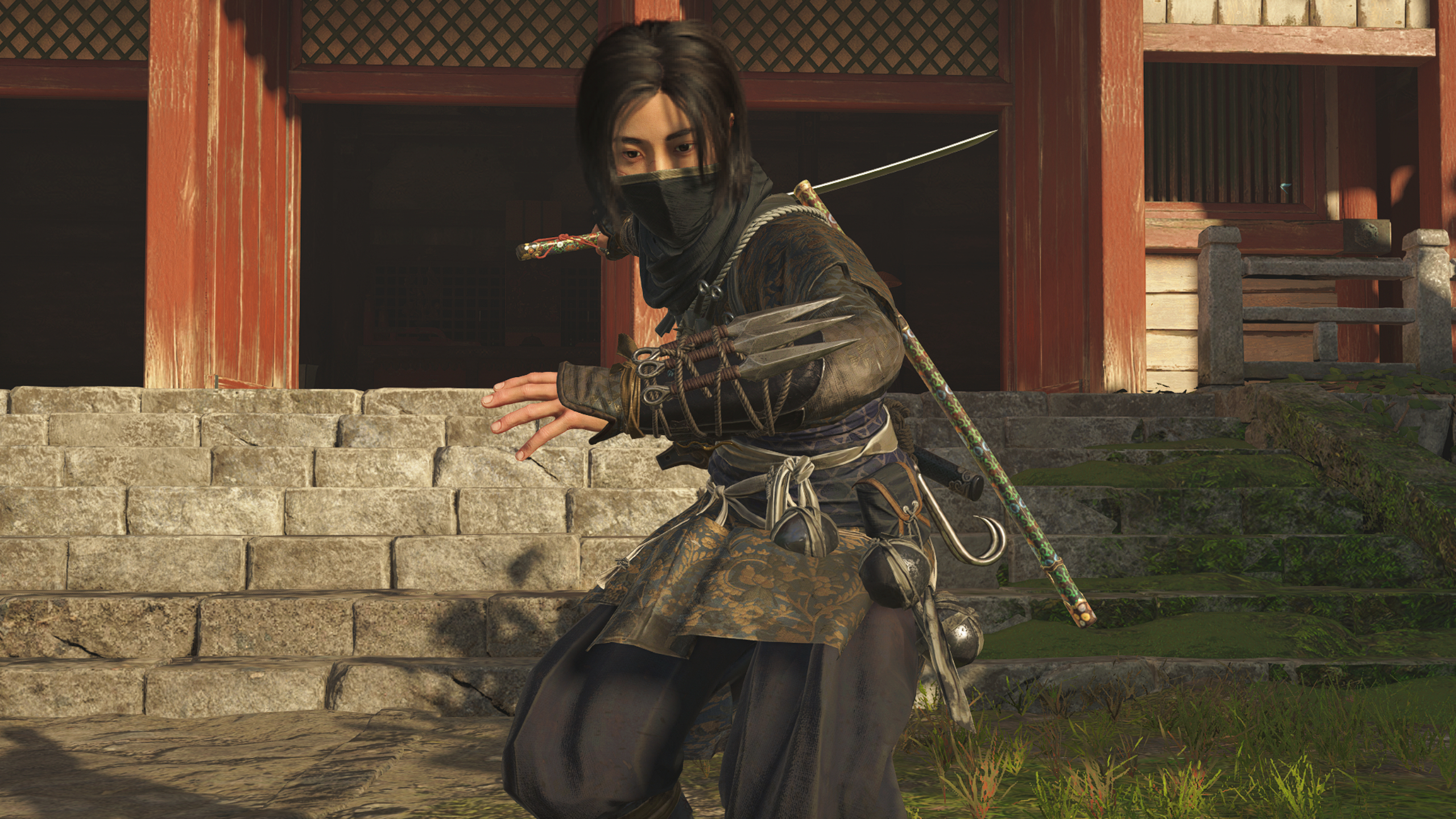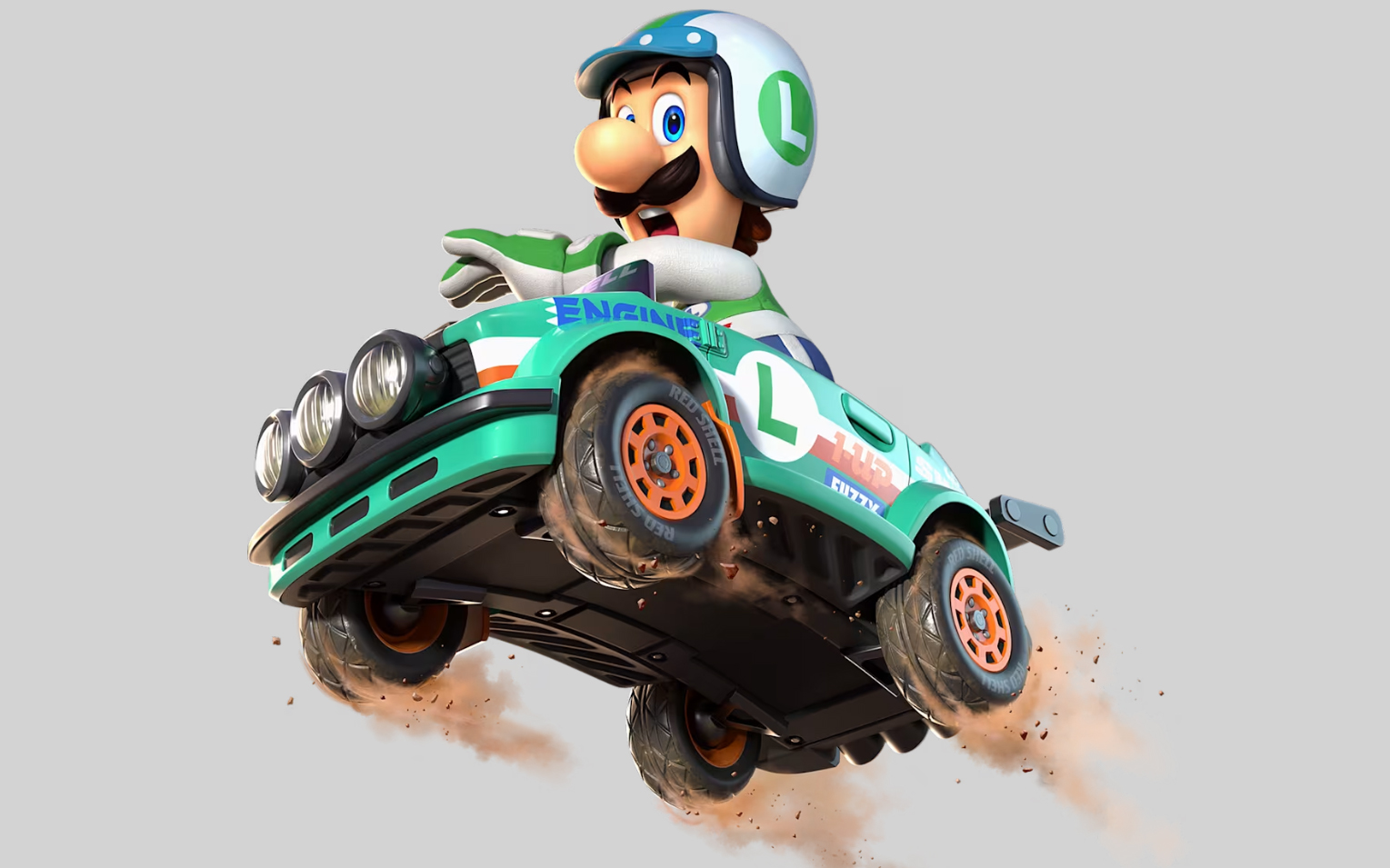I've been obsessed with indie metroidvania Hollow Knight since its launch late last month. Apart from having fun and challenging combat and a massive amount of game to explore, I've found myself sucked in by the moody, Dark Souls-inspired setting developer Team Cherry has created. Despite a mostly monotone dark color palette, the dank corridors of Hallownest still feel vibrant thanks to how Hollow Knight mixes fantastic hand drawn art with more modern effects.
It's a lot of little things all coming together that make Hollow Knight look so good, many of which you may not actively notice. It's a 2D game with 2D animations, but Team Cherry's use of dynamic lighting, shadows, and particle effects do a huge amount of work to solidify those 2D sketches and make them feel real in whatever space they're in. And while the character designs are relatively clean and simple, animation fills them with personality.
The world of Hollow Knight is inhabited entirely by bug people, but often times the impact that has on character design can be subtle. For example, your hero's cape looks a bit like bug wings wrapped around a beetle, but it's not explicitly a bug part. And the shopkeeper he's standing next to in the gif above...well, I'm not even really sure what that's supposed to be. A grub? Salubra the Charm seller is a strange, adorable blob thing and one of many wonderfully designed characters that inhabit the world.
It's too easy to compare games to Dark Souls, but the influence is heavily felt here. Medieval-ish bugs wander a dark, long-dead world looking to put the pieces back together. Travelers you meet along the way are mostly tired, beat-down warriors on a quest much like your own, or they're trying to sell you something. I love that Hollow Knight can be so cute and so dreary at the same time, because between all the old souls you meet along the way, you occasionally get thrown a very happy caterpillar or a jiggly shopkeeper.
The Moss Charger above is another one of my favorites, a timid little thing that covers itself in leaves to make it appear larger. You have to hit it once to remove its protection, and then again to actually do damage. It's a cool enemy thematically, and one that takes full advantage of Hollow Knight's satisfying particle effects. Leaves fly up as it runs, when you hit it, when it burrows, and pretty much whenever it does anything at all.
This is an odd contrast to the the environment around the Moss Charger, which is all immaculately drawn by the artist. The particles in Hollow Knight are random and rotated freely as they fall, compared to the Moss Charger's explicitly animated rotation as it jumps and burrows into the ground. But the particles don't feel out of place, and variety of different ones are used liberally throughout the world.
As in most games descended from Castlevania and Metroid, there's a lot of walking in Hollow Knight, and a lot of revisiting old paths. Luckily the caves of the Hallownest are littered with plants, signs, pots, and lots of other things to slash up as you walk. It makes walking anywhere just a bit more amusing if you can mindlessly clear the way as you go, sending up a flurry of particles.
The biggest gaming news, reviews and hardware deals
Keep up to date with the most important stories and the best deals, as picked by the PC Gamer team.
Hollow Knight's environments look far simpler at a glance than they actually are. There are objects blocking the screen in the foreground, parallaxed background layers, particle effects, clouds rolling by, and subtle lighting changes all going on as you move through the level. I think it was a bit of a risk to use things like particles and dynamic lighting in a game that's otherwise composed of carefully crafted sketches—it's mixing mediums a bit, similar to when a game like Duelyst combines pixel art sprites with painted backgrounds. But there are just so many different layers of detail in Hollow Knight that they blend in nicely.
Even the lighting changes more often than you might notice. For example, each time you take damage, the game freezes for a moment and a sharp crack effect appears near your character. The ambient lighting dims, but nearby sources like lamps and fireflies stay bright. It makes each hit you take feel important and impactful, and it's done mostly without hand drawn techniques. Specific environments will each have their own colored backlighting as well, differentiating their moods with more than just drawn elements.
Hollow Knight uses both dynamic and more traditional drawn lighting effects to make its 2D characters really feel like they are present in the game world. The gif above of the stag beetle being called (a fast travel system) is probably my favorite animation in the entire game. The stag runs roadrunner style out of the doorway in a relatively straightforward animation, but it's incredibly seamless. How the highlights and shading on it change as it runs in—especially its seats and back-end reacting to the nearby lamp as it turns—make it feel like it's really there.
It's a beautiful game that also has high-skill combat that I can feel myself slowly growing better at. It's a bit of a shame that Hollow Knight is dealing with some performance issues, as players have been reporting the game will hitch on occasion—I've definitely noticed frames dropping occasionally, sometimes causing me to take a hit when I otherwise wouldn't. This hasn't spoiled my time playing, but it's a blemish on an otherwise sterling metroidvania. Cuphead may claim this crown when it releases later this year, but currently Hollow Knight is the most beautiful hand drawn game I've ever played.

